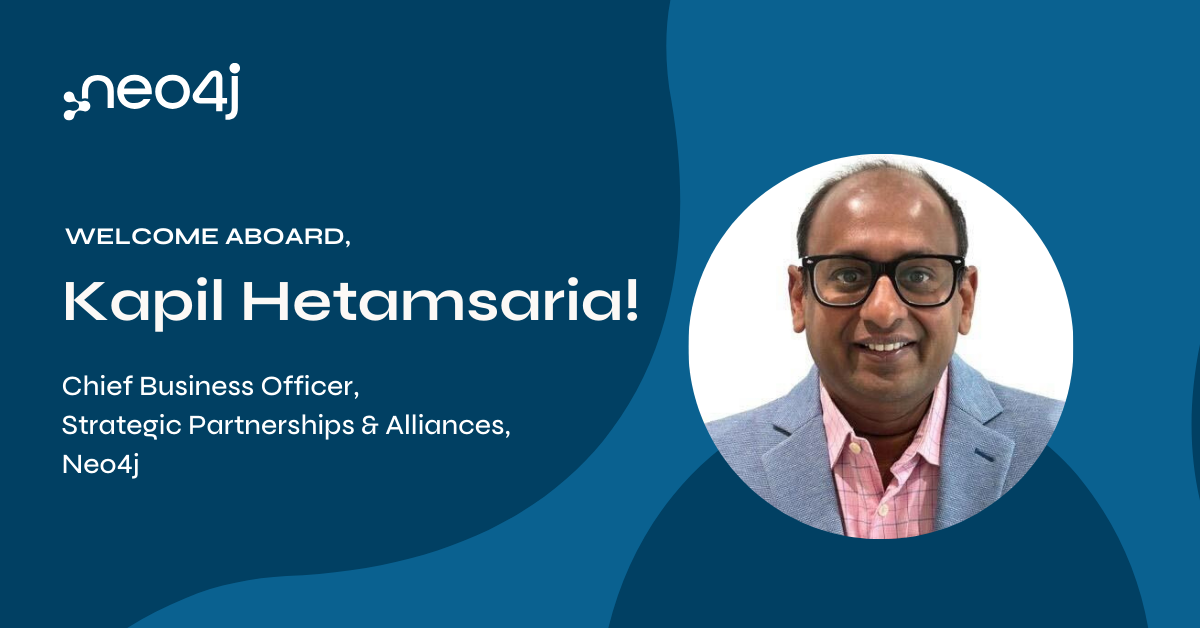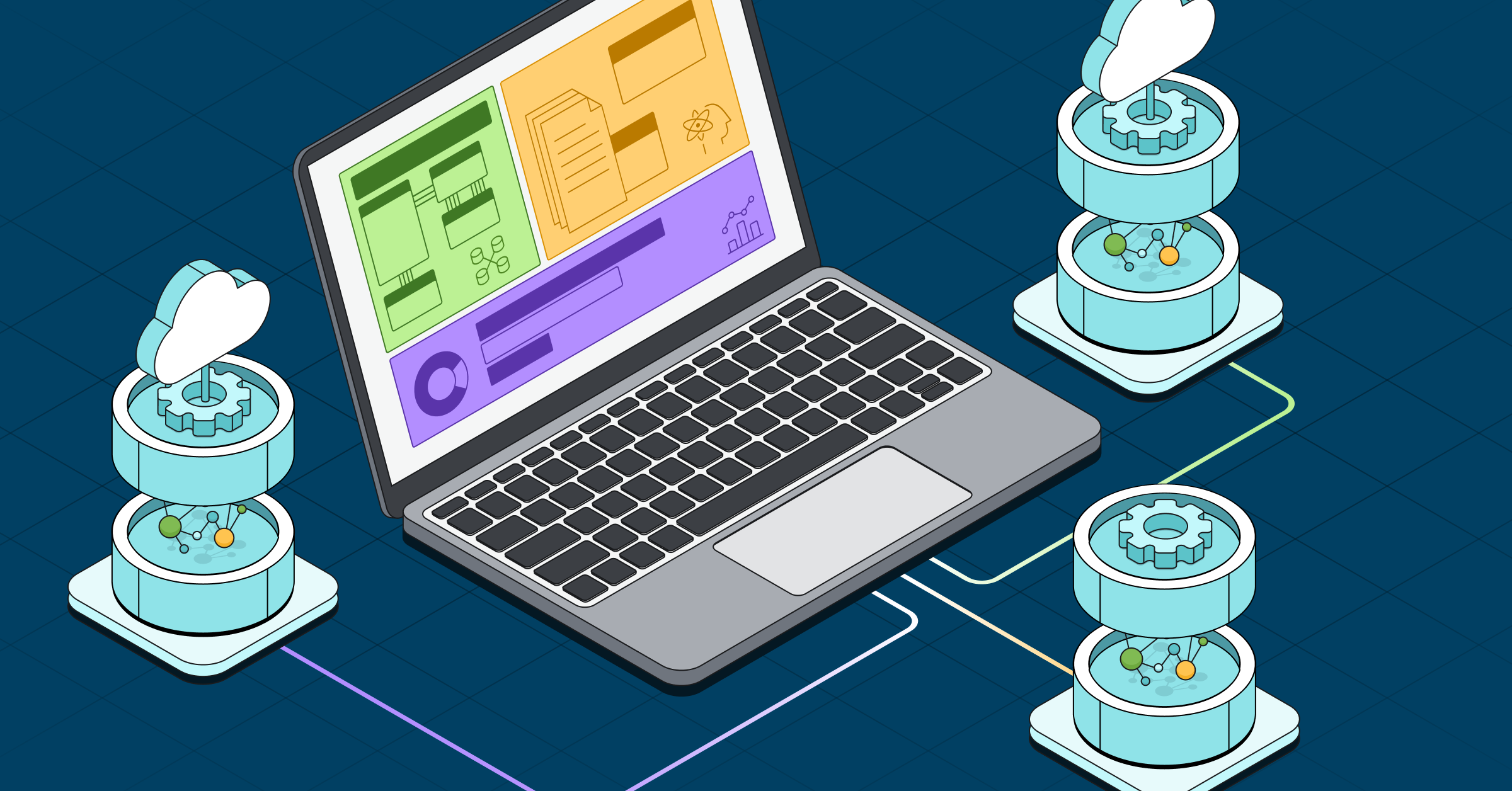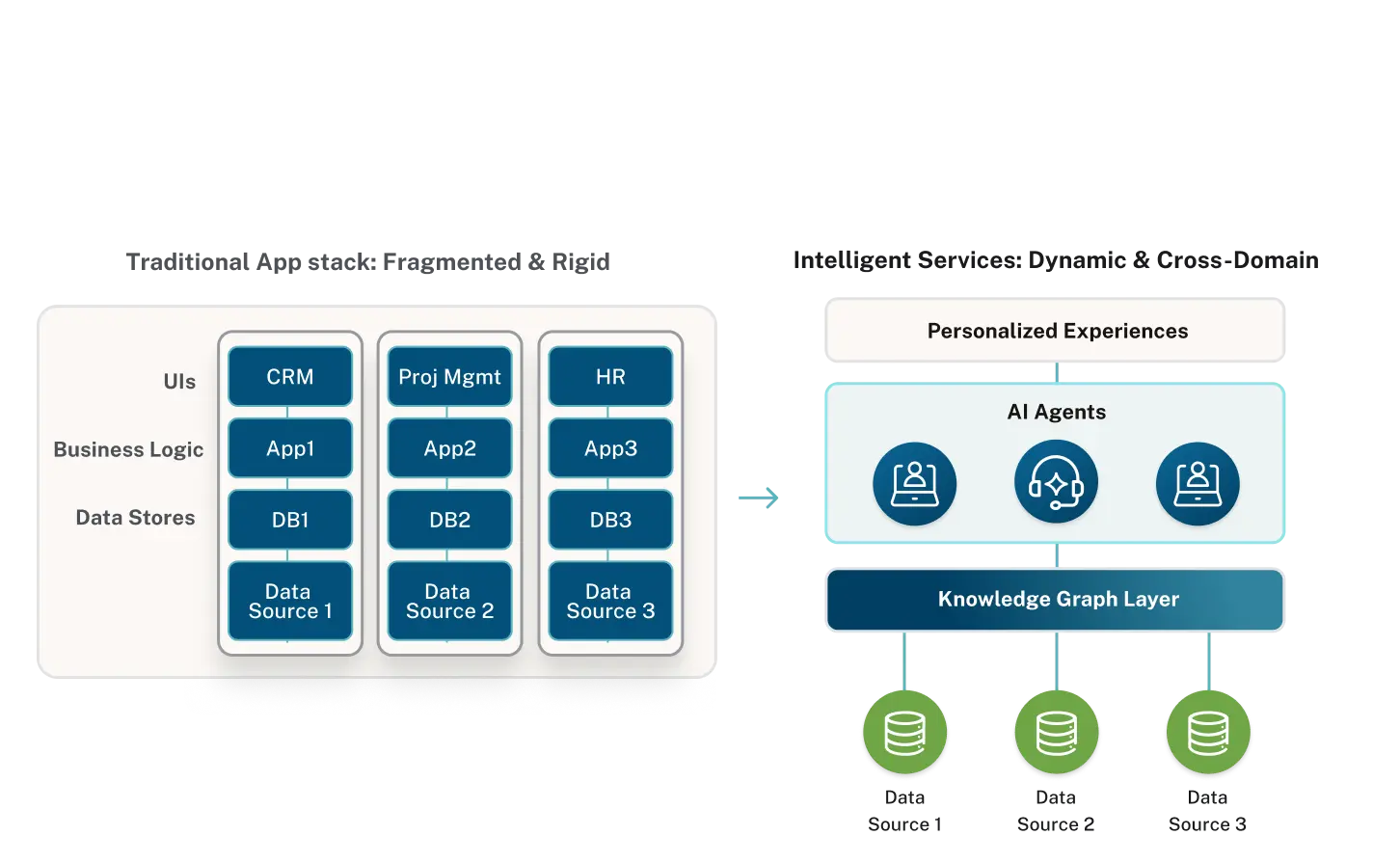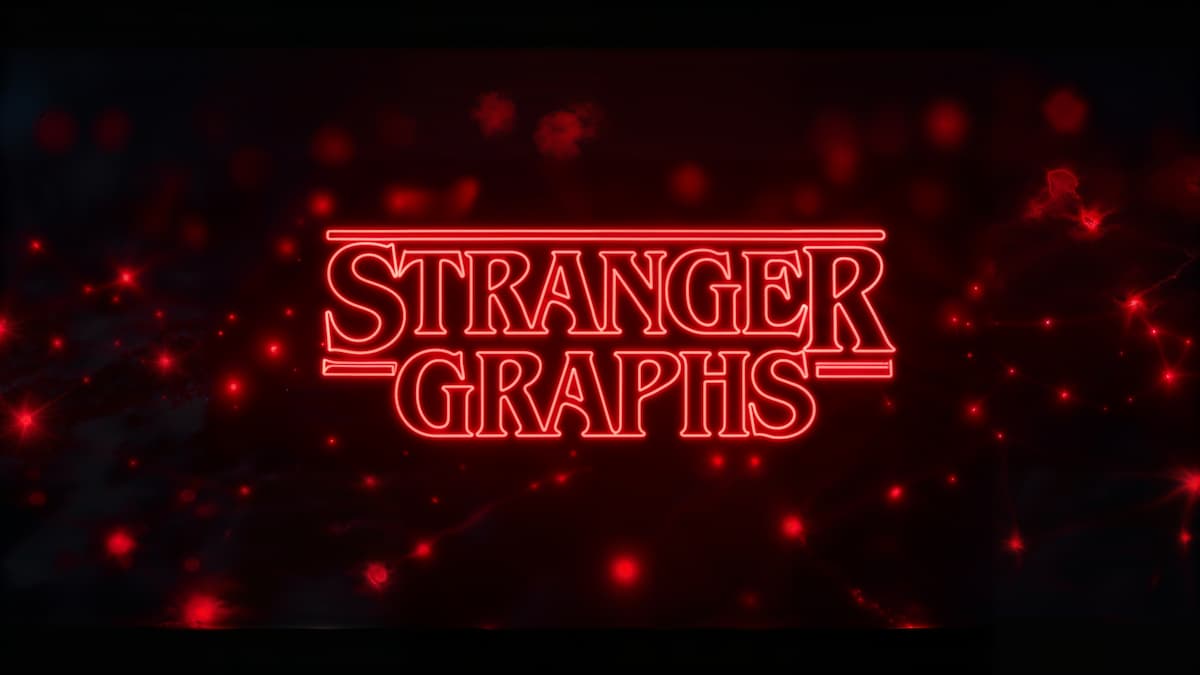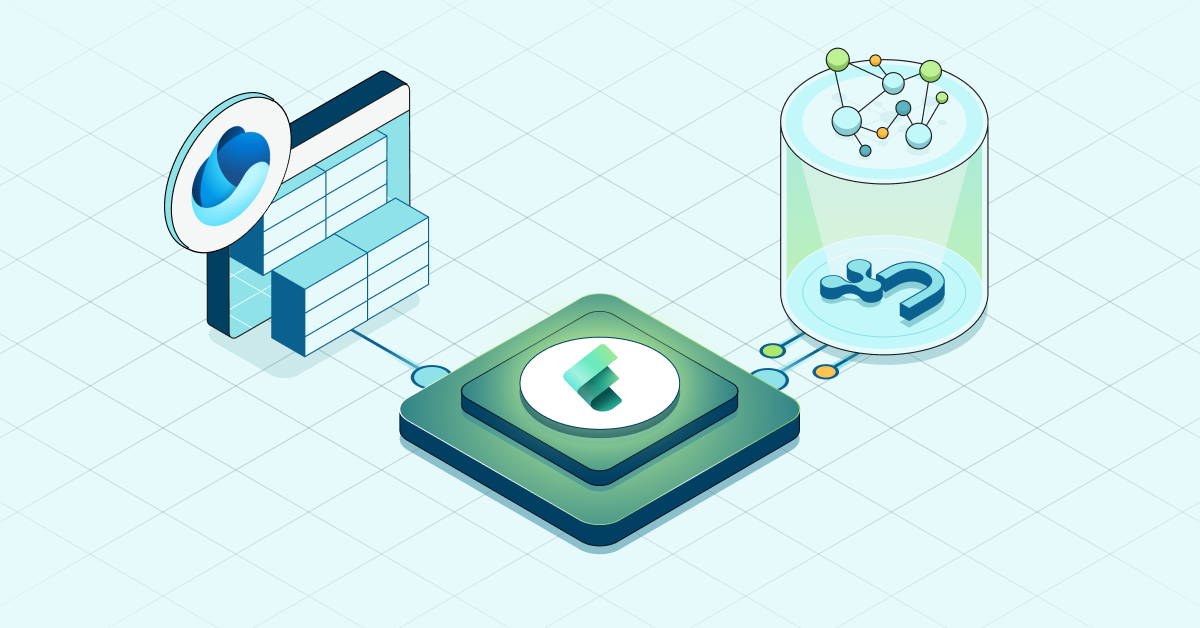
 |
| Google is celebrating Euler’s birthday with this Doodle. Neo4j rings it in with a 1.9 Release Candidate! |
High Availability
-
Introduction of pseudo quorum writes. If half or more of the instances are unreachable (i.e. have gone down), the instance will stop accepting write requests and all subsequent transactions will time out. Transactions will be able to resume once quorum is re-established.
Backup
-
Neo4j now automatically determines what type of backup should be performed based on the contents of the target directory. -full and -incremental backup flags are now deprecated.
Cluster
-
The experimental mechanism for automatically assigning server ids based on the instance’s URI has been changed. The administrator must now explicitly set integer server ids in exactly the same manner as in 1.8.
-
We have removed an experimental feature introduced in earlier 1.9 milestones, which added the ability to specify a central cluster definition URI. This turned out to be underused and to introduce unneeded complexity.
-
It is now possible to introduce a new instance to the cluster to replace a failed one. This requires the new instance to have the same ID as the one that failed.
-
Cluster formation requires a majority of instances to be available, based on the instance count implied by initial_hosts
-
Fixes addressing cluster formation, when instances are concurrently started up
-
The cluster will explicitly deny instances from joining if they have a server_id that is already in use
Index Provider
-
Lucene upgraded to 3.6.2
Server
-
Introduces new welcome screen in the web UI, containing a guide to Neo4j, aimed at helping new users to find their way around the basics. Also several small aesthetic improvements
Cypher
-
Allows single node patterns in MATCH
-
Fixes problem for some patterns and all-nodes start points
-
Added timestamp function
Packaging
-
plugins/ subdirectory is searched recursively for server plugins
-
The HA Setup tutorial has been fully rewritten to update the latest functionality. It also provides two distinct paths in the examples: one for local testing, and one for production setup
Enjoy!
Want to learn more about graph databases? Click below to get your free copy of O’Reilly’s Graph Databases ebook and discover how to use graph technologies for your application today.




